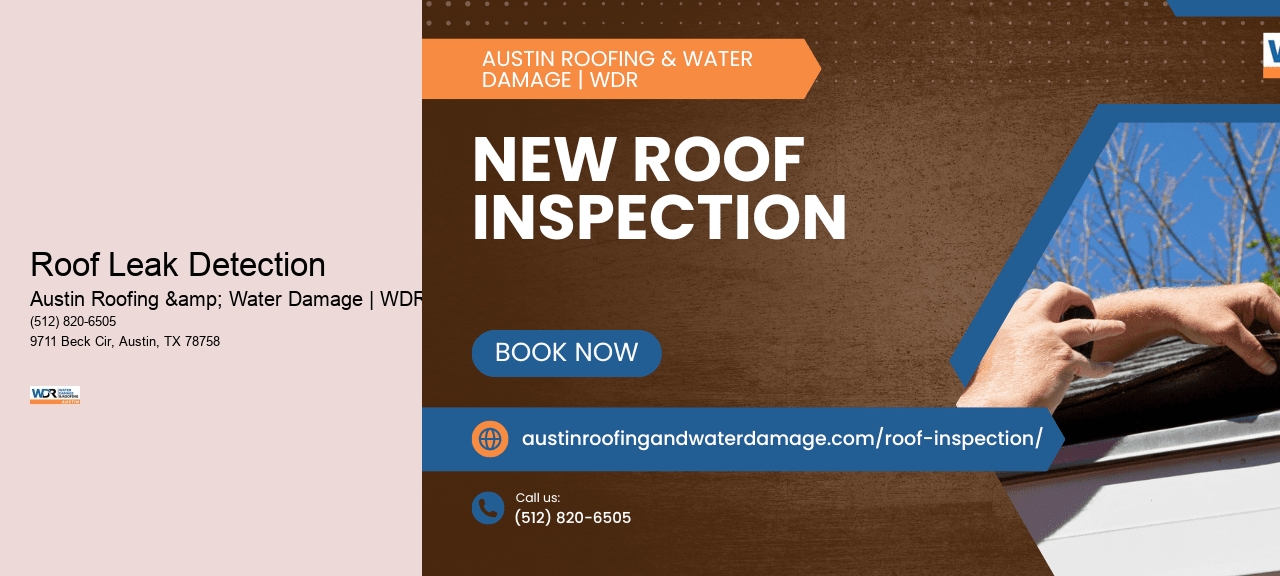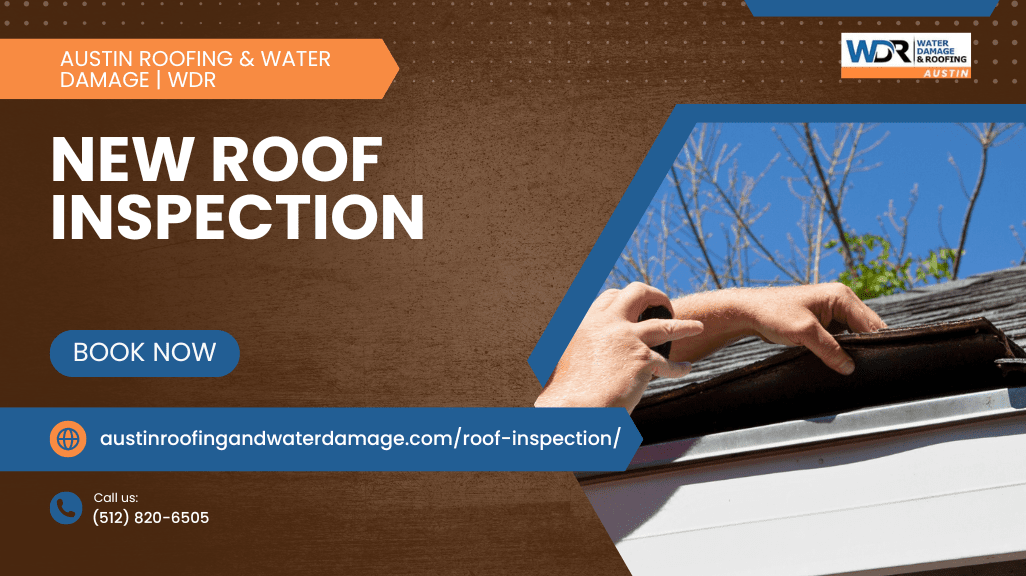

Austin Roofing Company & Water Damage - WDR – Expert Roof Inspections in Austin You Can Count On
At Austin Roofing Company & Water Damage - WDR, we specialize in professional roof inspections in Austin to ensure your home or business is protected. Your roof is a critical part of your property, and our detailed inspections help identify potential issues before they turn into costly repairs or replacements.
Whether it’s storm damage, aging materials, or routine maintenance, our experienced team thoroughly evaluates every aspect of your roof. We focus on detecting leaks, wear, and structural damage to provide accurate assessments and actionable solutions.
Known for our commitment to quality and reliability, we’re proud to be a trusted name in the Austin roofing community. With clear communication and honest recommendations, we make the inspection process straightforward and stress-free, giving you confidence in the state of your roof.
Routine roof inspections are essential for protecting your property from unexpected weather and wear. Our advanced tools and techniques ensure no detail is overlooked, helping you maintain a safe, secure, and durable roof.
Stay proactive and avoid expensive repairs by scheduling a roof inspection with Austin Roofing Company & Water Damage - WDR today. Let us help you protect your investment and keep your property in top shape!
Roof leaks are a pervasive issue for homeowners and can lead to significant damage if not addressed promptly. The most common causes of roof leaks include aged roofing materials, which may crack or deteriorate over time, especially under harsh weather conditions. Flashing that is improperly installed or has become loose can also create entry points for water, while clogged gutters prevent proper water drainage, leading to accumulation and potential seepage beneath shingles. Additionally, damaged shingles or tiles from storms or wear can expose the underlayment to moisture.
Inspectors often begin with a visual inspection to identify potential problem areas on the roof. They look for visible signs of damage such as missing, cracked, or curled shingles; damaged flashing around vents, chimneys, and skylights; and compromised sealant. Inspectors pay close attention to areas where different materials intersect since these junctions are particularly susceptible to leaks. Overhanging tree limbs that could cause abrasion or puncture the roofing material are also a concern.
An interior assessment is crucial in detecting less obvious sources of leaks. Inspectors examine the attic space for any signs of moisture penetration such as damp insulation, mold growth, stained decking or rafters, and rust around nails protruding through the roof deck. Dark spots on ceilings or walls inside living spaces can indicate an active leak above. By tracing these signs back to their highest point, inspectors can often pinpoint the source on the roof.
When initial inspections don't reveal clear sources of leakage, inspectors may employ advanced methods such as moisture meters which measure the presence of moisture within materials without causing damage. Infrared cameras are another sophisticated tool used in leak detection; they sense temperature differences caused by wet spots absorbing heat differently than dry areas do. These technologies help inspectors locate hidden problems that aren't visible during a standard visual inspection.
Following thorough detection efforts, inspectors provide homeowners with professional recommendations for addressing identified issues. This might include repairing or replacing damaged flashing and shingles, sealing gaps with appropriate materials like caulk or roofing cement, ensuring adequate ventilation to prevent condensation buildup within attics, trimming tree branches that pose a risk to the roof's integrity and cleaning out gutters regularly to avoid water overflow.
| Entity | Definition |
|---|---|
| Frequency | Roofs should be inspected at least once a year or after severe weather events. |
| Season | Spring and fall are ideal seasons for roof inspections due to moderate weather conditions. |
| Inspector Qualification | Ensure the inspector is licensed and experienced in identifying roof issues. |
| Inspection Cost | The cost of roof inspections varies based on roof size, type, and condition. |
| Post-Inspection Report | Detailed reports outlining findings and recommendations are essential for repair planning. |
Regular roof inspections are a critical maintenance task that can significantly extend the life of your roof. Through these evaluations, professionals can identify and address minor issues before they turn into major problems. A well-maintained roof not only protects your home from the elements but also contributes to energy efficiency and comfort indoors.
One of the key benefits of routine inspections is the early detection of small imperfections or damages. Over time, exposure to weather, fluctuating temperatures, and natural wear and tear can cause shingles to crack, gutters to clog, and flashing to loosen. By catching these issues early during an inspection, repairs can be made promptly which prevents further damage.
When minor roofing issues are ignored or unnoticed, they have the potential to escalate into costly repairs or even necessitate a complete roof replacement prematurely. Regular inspections help homeowners avoid such financial burdens by keeping their roofs in optimal condition for as long as possible.
A compromised roof can lead to leaks which create a perfect environment for mold and mildew growth inside your home. These conditions pose health risks for residents and compromise structural integrity. Scheduled inspections ensure that your living space remains safe and healthy by identifying moisture-related problems swiftly.
Roofs play a significant role in a home's insulation system; if they're damaged or poorly maintained, you may experience heat loss in winter or excess heat during summer months leading to higher energy bills. Inspectors evaluate ventilation systems, insulation quality, and overall roof condition which contributes to better temperature regulation throughout your home.
Lastly, regular roof maintenance through inspections protects one of your most significant investments—your home. A well-maintained roof enhances curb appeal should you decide to sell while also providing records of upkeep for potential buyers who are reassured by the diligence taken in maintaining the property’s integrity over time.

Inspectors check for loose or missing shingles, damaged flashing, and signs of water intrusion.
Look for dents in shingles, cracked tiles, or granule loss in asphalt shingles.
Ask about their experience, certifications, inspection process, and warranty on services.
Look for lifted, curled, or missing shingles, as well as debris on the roof.
Many companies offer free estimates, but confirm this before scheduling.
Look for certifications from organizations like NRCA or HAAG Engineering.